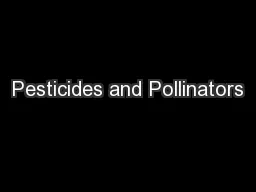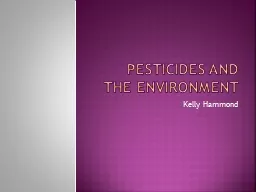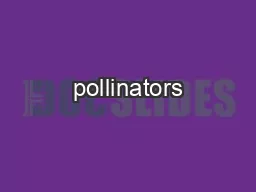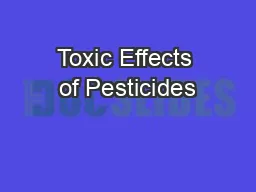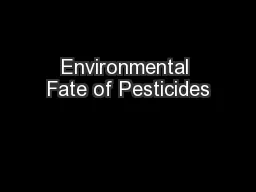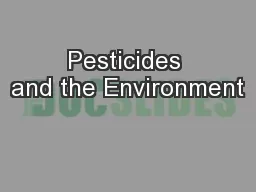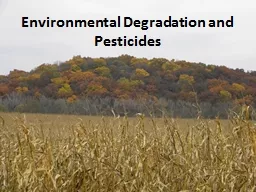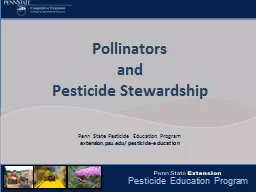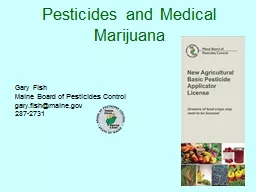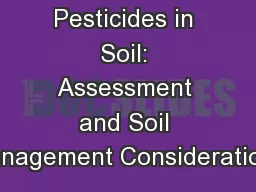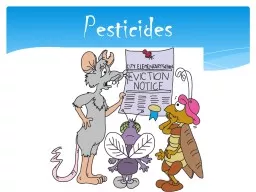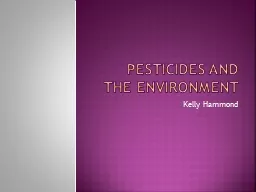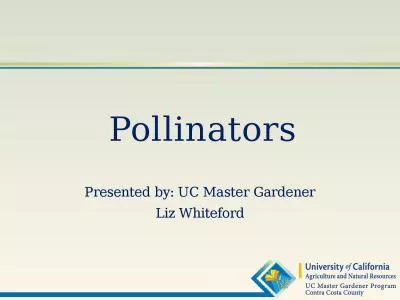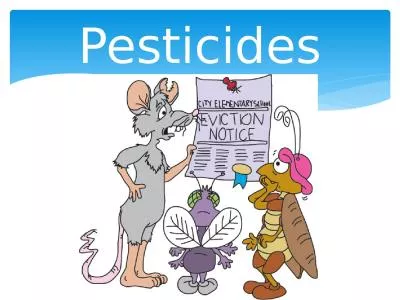PPT-Pesticides and Pollinators
Author : min-jolicoeur | Published Date : 2018-12-11
A look at modern neurotoxins Pollinator losses not one thing Its Global Total managed honeybee losses in US running 25 per year since 2005 Monarch butterflies only
Presentation Embed Code
Download Presentation
Download Presentation The PPT/PDF document "Pesticides and Pollinators" is the property of its rightful owner. Permission is granted to download and print the materials on this website for personal, non-commercial use only, and to display it on your personal computer provided you do not modify the materials and that you retain all copyright notices contained in the materials. By downloading content from our website, you accept the terms of this agreement.
Pesticides and Pollinators: Transcript
Download Rules Of Document
"Pesticides and Pollinators"The content belongs to its owner. You may download and print it for personal use, without modification, and keep all copyright notices. By downloading, you agree to these terms.
Related Documents

